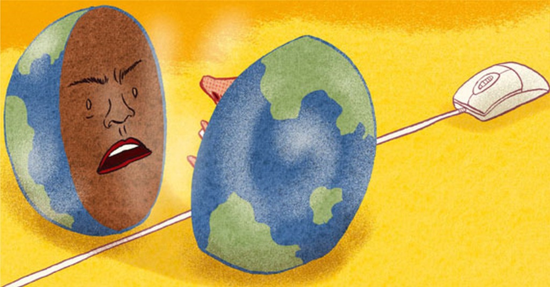
The digital divide refers to the unequal distribution of access to technology and the internet between different populations, often based on socio-economic status, geographic location, and other factors. In low- and middle-income countries (LMICs), this divide can have significant impacts on social and economic development.
Social Digital Divide
On the social side, limited access to technology and the internet can result in a lack of connectivity, information, and opportunities. For example, people who live in rural areas or have low incomes may be less likely to have access to online educational resources, which can limit their ability to acquire new skills and knowledge.
The lack of access to technology can also make it difficult for people in LMICs to participate in online communities and to connect with others who have similar interests or experiences.
Economic Digital Divide
On the economic side, the digital divide can limit the ability of individuals and businesses in LMICs to participate in the digital economy. For example, small businesses may struggle to compete with larger companies that have greater resources and access to technology.
This can limit their ability to reach new markets, sell their products and services, and grow their businesses. The digital divide can also limit the ability of workers in LMICs to participate in the global workforce and to take advantage of remote work opportunities.
Digital Divide Impact
The digital divide can create a vicious cycle, in which those without access to technology and the internet are left behind, unable to acquire the skills and knowledge necessary to participate in the digital economy and to achieve economic and social progress.
It is therefore important for governments, international organizations, and private sector companies to work together to close the digital divide in LMICs and to ensure that everyone has access to the technology and information they need to thrive in the digital age.










